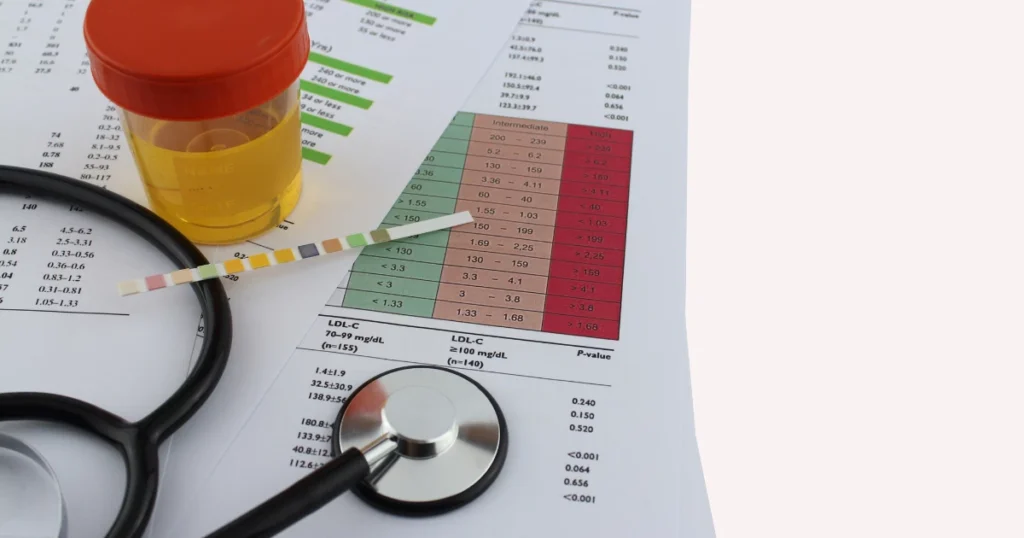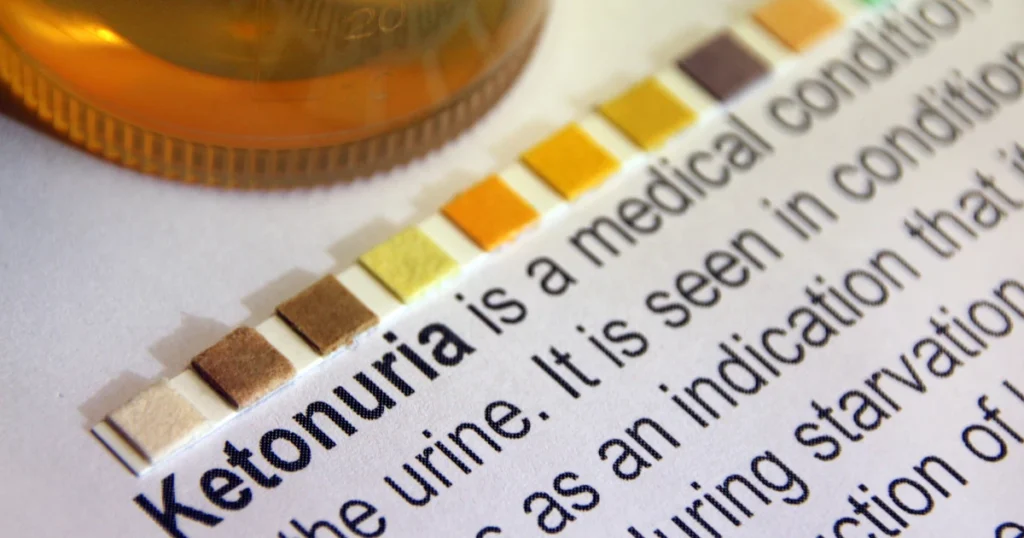Your body undergoes numerous changes during weight loss, and one surprising indicator of your progress might be right there in your bathroom routine. Understanding the connection between weight loss and urine color can provide valuable insights into your body’s state during your fitness journey. This comprehensive guide will help you understand what different urine colors mean during weight loss and how to use this information to optimize your health goals.
Understanding Normal Urine Color

Before diving into how weight loss affects urine color, it’s essential to understand what normal urine should look like. Healthy urine typically ranges from pale yellow to amber, depending on your hydration levels. This color comes from a pigment called urochrome, which is produced when your body breaks down hemoglobin from red blood cells.
Here’s a detailed chart of urine colors and what they might indicate during your weight loss journey:
| Urine Color | What It Means | Relation to Weight Loss |
|---|---|---|
| Clear/Transparent | Possible overhydration | May indicate excessive water intake during dieting |
| Pale Straw | Optimal hydration | Ideal color during weight loss |
| Transparent Yellow | Normal hydration | Good hydration during diet and exercise |
| Dark Yellow | Mild dehydration | Common during increased exercise or restricted diet |
| Amber | Significant dehydration | Need to increase water intake |
| Orange | Severe dehydration or supplements | Could be from diet supplements or dehydration |
| Pink/Reddish | Could be from foods or concern | Might be from certain diet foods or needs medical attention |
How Weight Loss Affects Urine Color
When you’re actively losing weight, several factors can influence your urine color:
Increased Water Intake
Many weight loss programs emphasize drinking more water, which typically leads to lighter-colored urine. Proper hydration is crucial for:
- Supporting metabolism
- Reducing false hunger cues
- Helping with toxin removal during fat breakdown
Dietary Changes
The foods you eat during weight loss can affect urine color:
- High protein diets may lead to darker urine
- Increased vegetable intake might alter urine color slightly
- Some weight loss supplements can change urine color
Exercise Impact
Physical activity during weight loss affects urine color through:
- Increased sweating leading to darker urine
- Greater fluid needs during workouts
- Enhanced metabolism affecting waste product concentration
Ketosis and Urine Color
During weight loss, particularly on low-carb or ketogenic diets, your urine color might change due to ketone production. When your body enters ketosis:
- Urine may become more concentrated and darker
- Ketone bodies might give urine a stronger odor
- More frequent urination might occur initially
The Importance of Monitoring Urine Color During Weight Loss

Paying attention to your urine color while losing weight can provide valuable health insights:
Hydration Status
Monitoring urine color helps ensure you’re maintaining proper hydration during increased physical activity and dietary changes. Dehydration can:
- Slow down weight loss progress
- Cause fatigue during workouts
- Lead to unnecessary snacking
Metabolic Changes
Your urine color can indicate how your body is adapting to new eating patterns and exercise routines. Changes might reflect:
- Proper fat metabolism
- Adequate protein intake
- Effective toxin elimination
Overall Health Indicators
During weight loss, urine color can alert you to potential health concerns:
- Extremely dark urine might indicate excessive exercise
- Unusual colors could signal dietary imbalances
- Consistent changes might warrant medical attention
Common Concerns About Urine Color During Weight Loss
Many people experience urine color changes during their weight loss journey. Here are some common situations and their explanations:
Morning Dark Urine
It’s normal to have darker urine in the morning during weight loss because:
- Your body is naturally more dehydrated after sleep
- Metabolism continues working throughout the night
- Morning urine is more concentrated
Post-Workout Changes
After exercise, you might notice:
- Darker urine due to fluid loss through sweat
- Stronger odor from metabolic changes
- More frequent urination as your body releases stored water
Supplement Effects
Many weight loss supplements can affect urine color:
- B-vitamins often cause bright yellow urine
- Some herbal supplements might alter urine color
- Protein supplements can lead to darker urine
Tips for Maintaining Healthy Urine Color During Weight Loss

To ensure your urine color stays within a healthy range while losing weight:
Calculate Your Water Needs
Your water requirements increase during weight loss:
- Drink at least 8-10 glasses daily
- Add 8 ounces for every 30 minutes of exercise
- Consider your climate and activity level
Time Your Water Intake
Strategic hydration helps maintain consistent urine color:
- Drink water first thing in the morning
- Hydrate before, during, and after exercise
- Space water intake throughout the day
Monitor Your Diet
Certain foods affect urine color more than others:
- Beets can cause pink or reddish urine
- Carrots might lead to orange-tinted urine
- Asparagus can change urine odor
When to Seek Medical Attention
While urine color changes during weight loss are usually normal, some signs warrant medical attention:
Red Flags to Watch For:
- Brown or cola-colored urine
- Pink or red urine without eating foods that cause this
- Very dark urine that doesn’t lighten with hydration
The Role of Urine Color in Weight Loss Success
Understanding urine color can help optimize your weight loss journey:
Tracking Progress
Use urine color as one of many indicators:
- Monitor hydration status
- Assess dietary changes
- Track exercise recovery
Motivation Tool
Healthy urine color can indicate:
- Proper adherence to your water intake goals
- Successful dietary changes
- Effective exercise recovery
Future Considerations
As you continue your weight loss journey:
- Keep tracking urine color alongside other metrics
- Adjust hydration based on activity levels
- Maintain awareness of normal variations
Your urine color during weight loss can provide valuable insights into your body’s hydration, metabolism, and overall health. By understanding the normal changes and warning signs, you can use this information to optimize your weight loss journey. Remember that while urine color is a helpful indicator, it should be considered alongside other health markers and always discuss significant changes with your healthcare provider.
Remember to stay well-hydrated, eat a balanced diet, and pay attention to your body’s signals during weight loss. Monitoring your urine color is just one of many tools to help ensure your weight loss journey is healthy and sustainable.